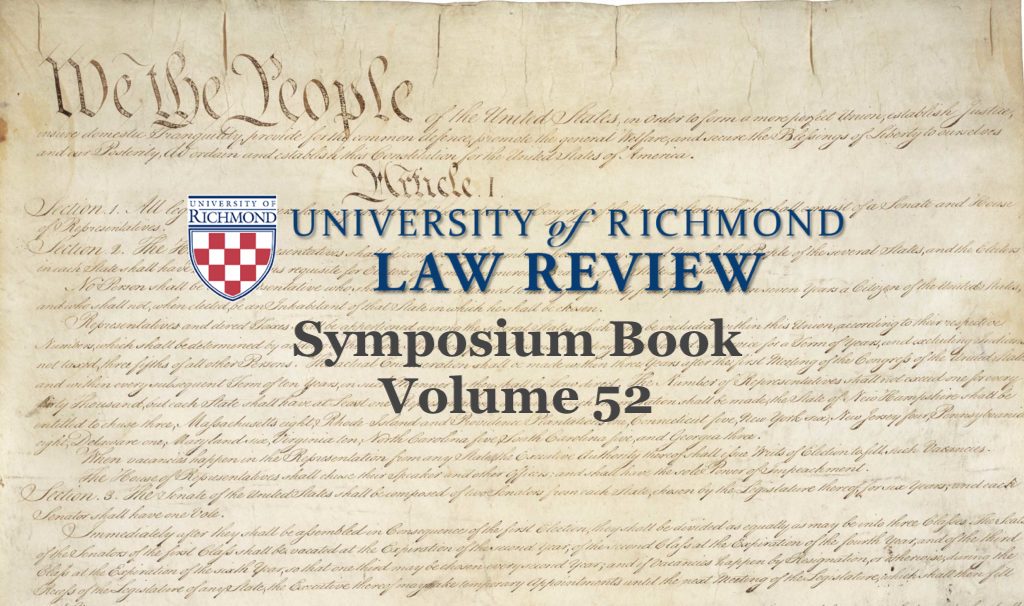Since the end of World War II, some of the United States Supreme Court’s most important constitutional law cases have focused on the appropriate relationships between and among the three branches of the federal government. Although the phrase “separation of powers” is not in the constitutional text, the Supreme Court has played a pivotal role in ensuring that the framers’ desire for a government of checks and balances is fulfilled. In most of these disputes, however, the Constitution’s text and original meaning played, at most, a marginal role in the Court’s decisions. Given the academic focus, some might say obsession, with “originalism,” as well as President Trump’s promise to only appoint originalist judges, the absence of textual and originalist analysis in the Court’s separation-of-powers decisions suggests that originalism, at least in this area of the law, is more illusion than substance.
Continue reading
* Kathy & Lawrence Ashe Professor of Law, Georgia State University College of Law. This article was presented at the University of Richmond Law Review Symposium: Defining the Constitution’s President Through Legal & Political Conflict (Oct. 27, 2017). I would like to thank the Law Review students and the University of Richmond School of Law for hosting such a wonderful program.

